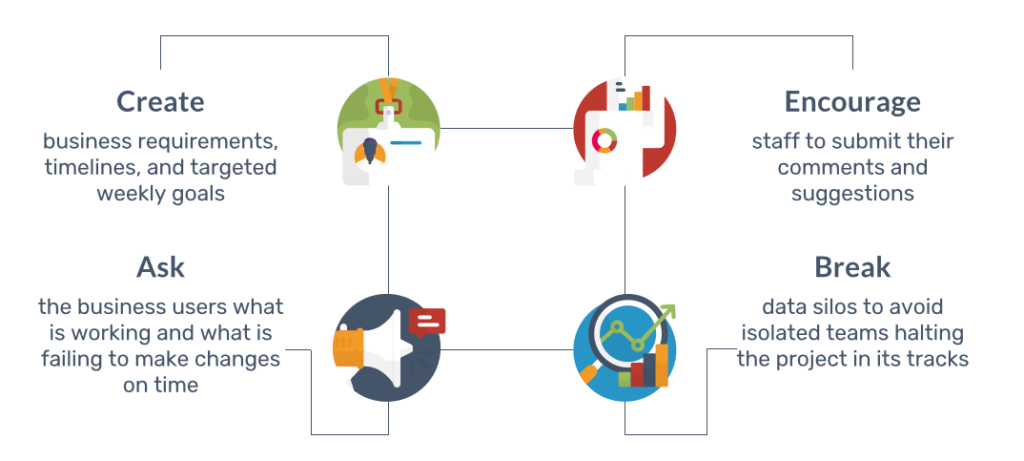In our last blog, we discussed the importance of involving the stakeholders at an early stage. Your business people are the ones who truly understand your data. They are the experts. So, it is better to leave it to them to decide which data needs to be transferred and which ones need not. Not all data are the same. Hence not every data in your system should be transferred. Talk to your users about the historical and legacy data that have not been used for several years and are no longer relevant. Make sure to avoid skipping this step if you want to avoid transferring all the unwanted data into the target system.
Experts Behind Your FinancialForce Data Migration Process: How to Avoid Pitfalls
Save yourself the problems and effort on your side by collaborating with your business team right from the start. Even after your data migration mapping is reviewed and approved by the business team, other issues could arise at the post-migration stage. The users might identify missing data. So start testing data at every step along with the business team.
Based on our experiences, this is by far the biggest problem faced by the data migration technical team. The reason is their busy schedule and lack of time. So, even if it takes you longer to complete the migration process, make sure to work as a team and get their approval on every step before you move ahead.
Below is a guide to improving your data migration teamwork:
Data Migration = Teamwork

Here are four things you need to do to improve the accuracy of your migration and decrease the reiteration in the process:
- Create – Create business requirements, timelines, and targeted weekly goals.
- Ask – Ask your data migration users about what is working and what is not. Take note of the changes that you need to make in the scripts while testing.
- Encourage – Encourage all the business users to submit their comments and suggestions. It’s always good to show them things in part and get them approved so that they don’t have any last-minute surprises.
- Break – Break the data silos to avoid isolated teams halting the project in its tracks. To keep everyone in sync you need to proceed at every step by taking everyone together in a collaborative effort.
And there you have it! The four things you need to follow to strengthen your teamwork and make your FinancialForce data migration process a success.
This is not a guarantee that you will not face any issues post-migration but then the no. of issues will be way lesser than earlier expected. Hence, this short blog concludes that data migration is not a one-team-only effort. It’s a collaborative effort from different teams in your company that makes it successful.
Read our next blog of this series and Underestimating Data Migration in Certinia.





